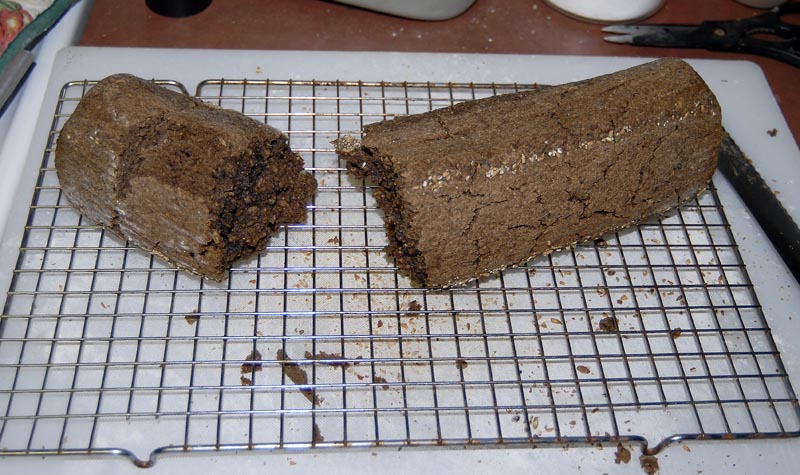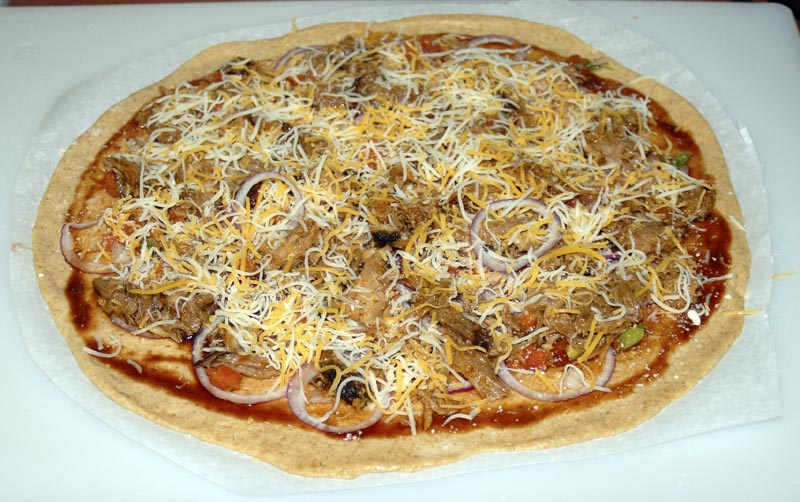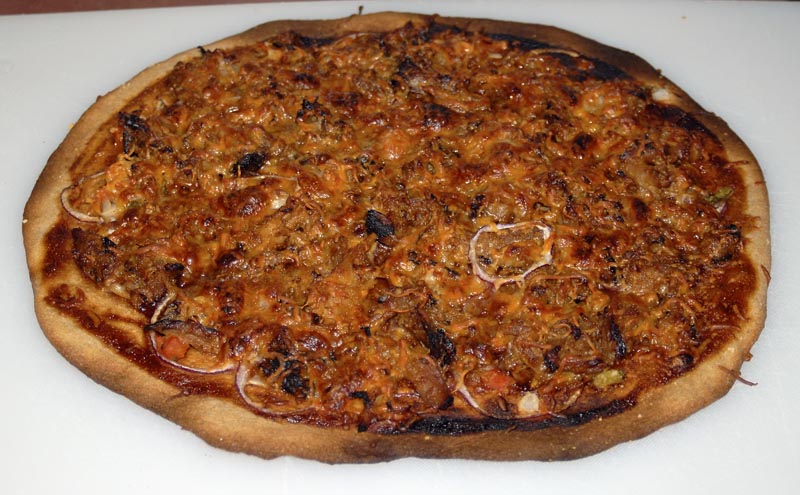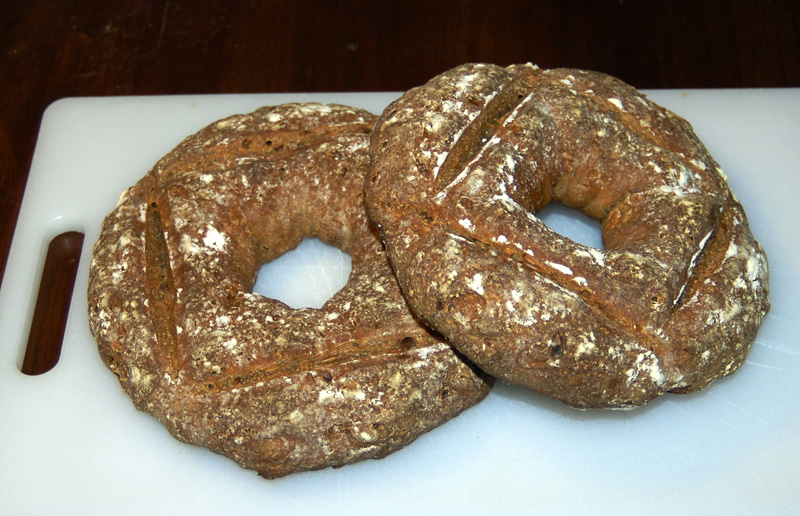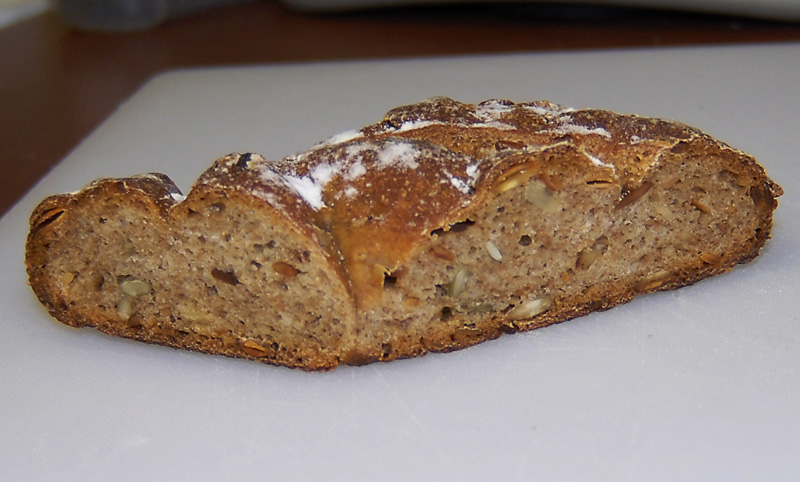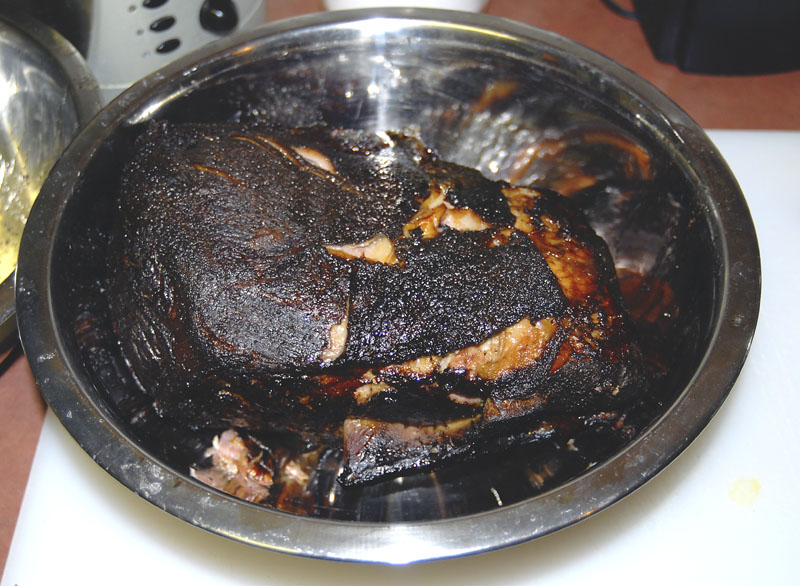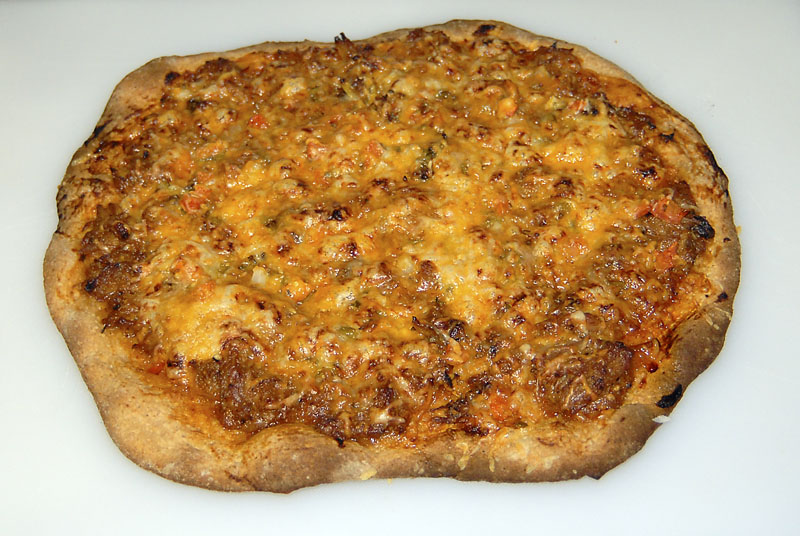How Skyrim Led to Sourdough Cracker Nirvana
I used to have a problem with my crackers, but then I took an arrow to the knee...
For the last month or so, I've been turning all my extra sourdough starter into crackers. With a couple of exceptions, they've been disappointing: not crisp enough, too crisp and burnt, no flavor, too much salt, etc. etc. That all changed a couple of days ago, mostly by accident. I've since successfuly reproduced the recipe three times, and may have it down now.
